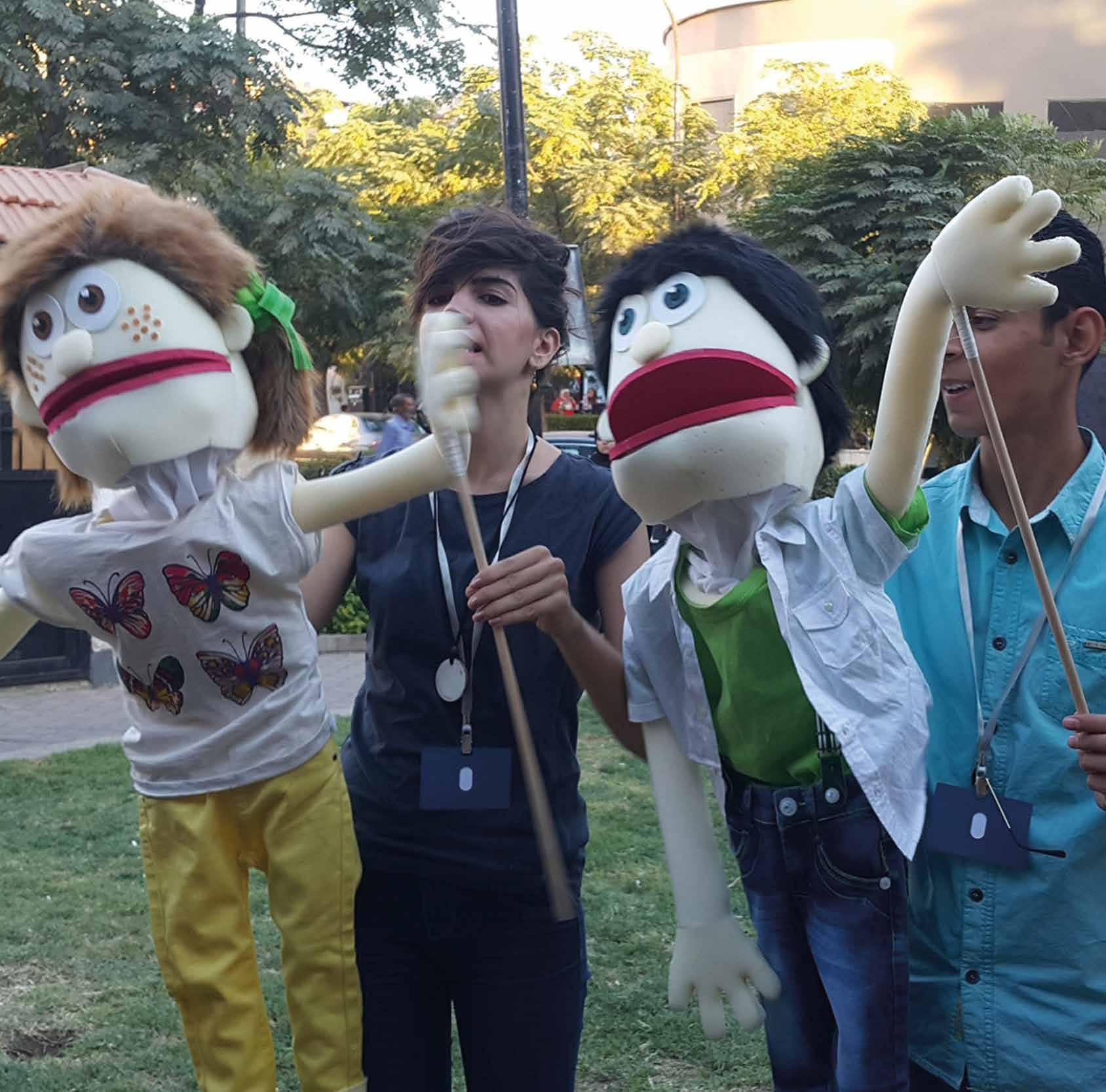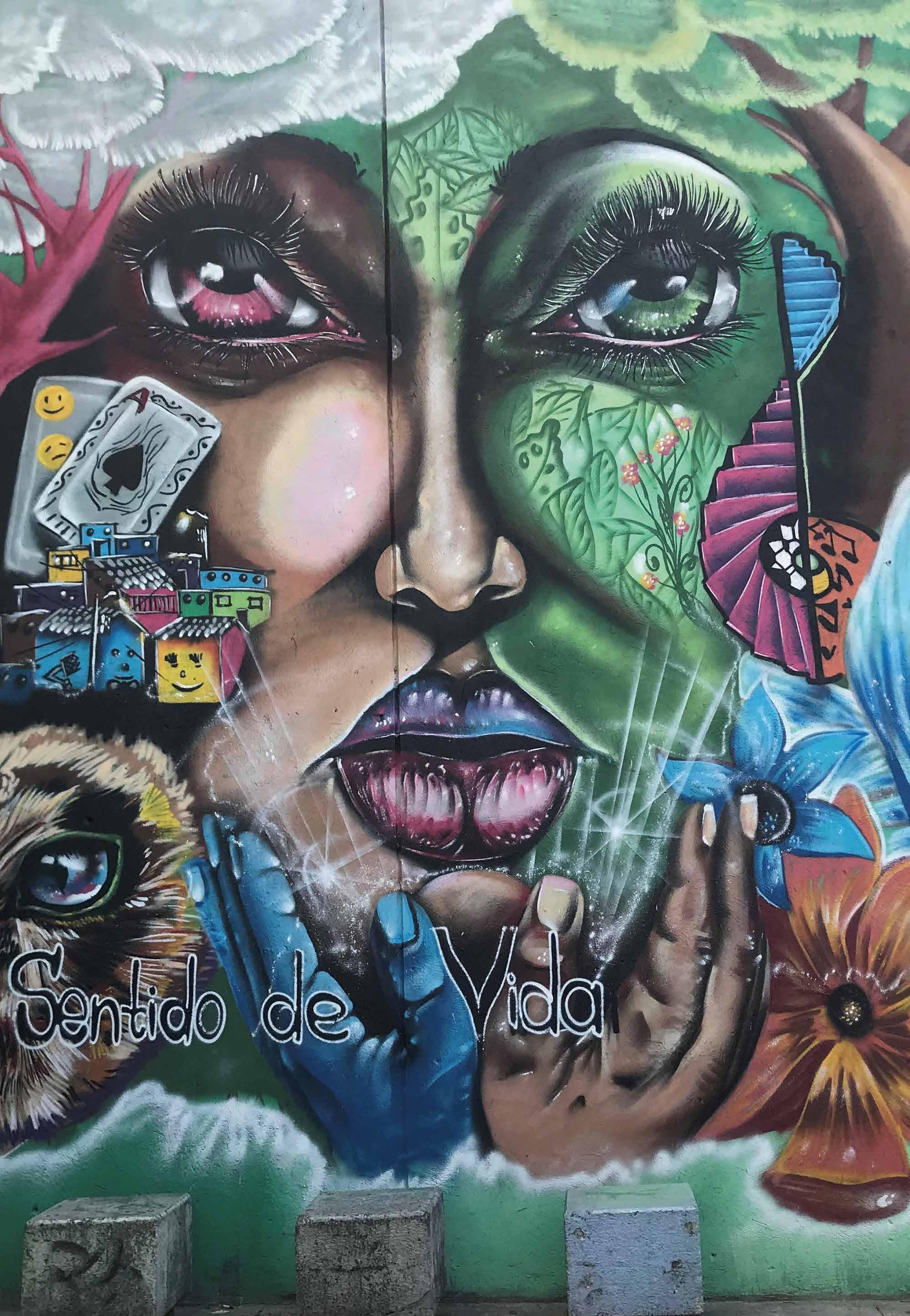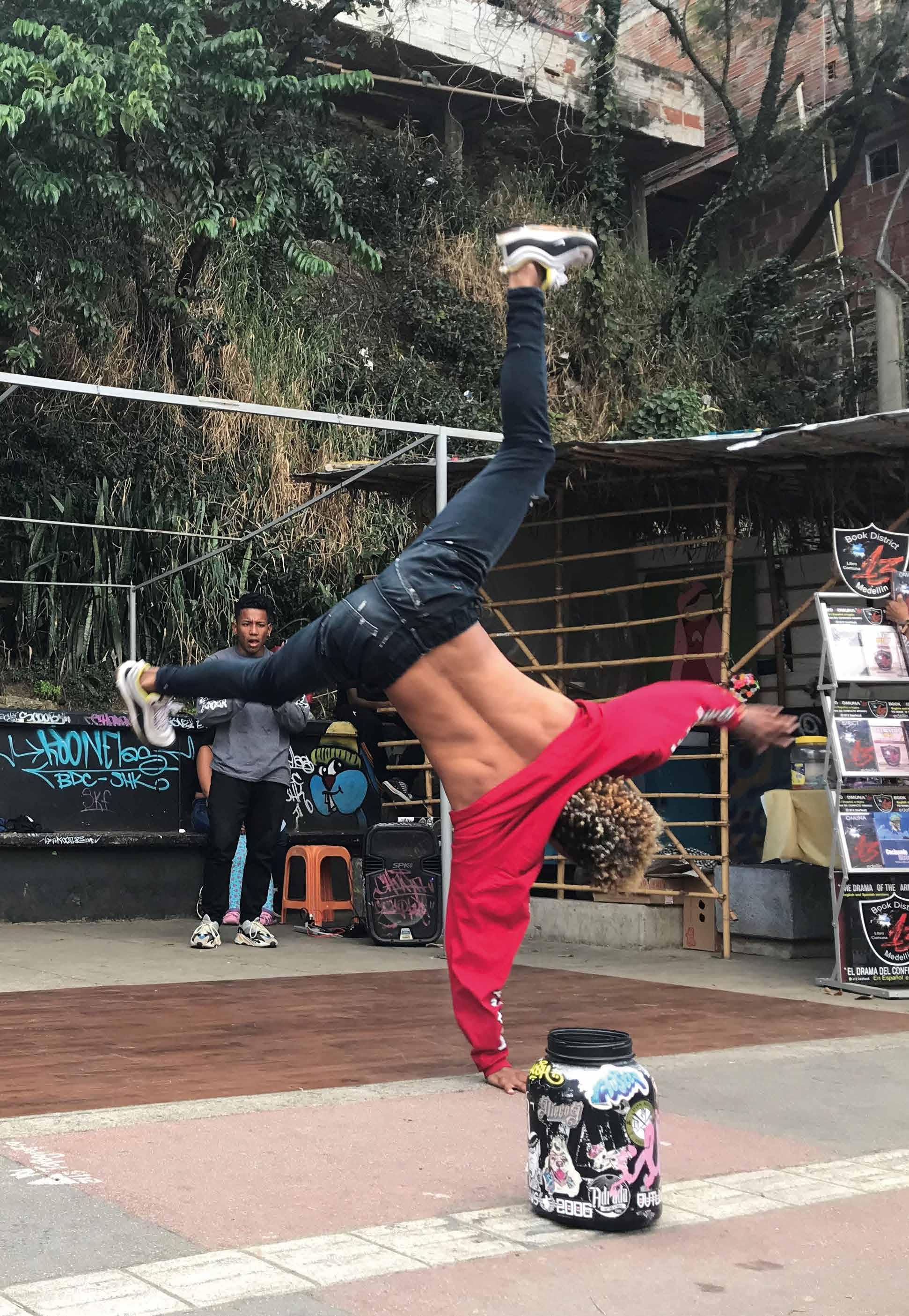The art of peace 09
Findings What the academic evidence says The University of the West of Scotland’s literature review provided an overview of the academic evidence base and suggested a number of key findings. The research base on the contribution of culture to conflict resolution and post-conflict recovery is small,4 but growing.5 The academic evidence base has a particular focus on the therapeutic use of the arts in post-conflict contexts6 and its role in reconciliation and strengthening civil society.7 The literature examining the upstream and preventative potential of culture is smaller.8 However, the benefits of culture for neutralising the attraction of – for example – violent extremism or inter-ethnic enmity – is recognised.9 The review found that arts have a particular ability to engage people in a way that resonates with their local society. Arts interventions have broad appeal and can be applied flexibly, so they are ‘well placed to engage… [people] through the development of a stronger sense of place, increasing individual confidence, and facilitating understanding’.10 Numerous examples of the role of the arts in post-conflict reconciliation were highlighted in the review. Music and storytelling based on shared cultural experience were shown to enable people to communicate across ethnic or religious lines, thereby encouraging reconciliation. Rwanda is a notable example, where cultural programmes drawing on shared cultural heritage have been central to the government’s efforts to create a unified Rwandan identity and heal ethnic divisions exacerbated by the conflict. Another example cited was a case study on Colombians using music to recover after conflict.11 There is a growing body of literature suggesting culture can benefit conflict resolution and prevention. In Uganda the use of song to suggest that former combatants should not be stigmatised was credited with contributing to the end of decades of conflict.12 In Turkey, youth music initiatives based on the Venezuelan ‘El Sistema’ system have contributed to crime prevention by engaging at-risk youth in music.13 In Nigeria, studies have discussed the powerful potential of music to dissipate inter-ethnic conflict, and transmit positive messages of good citizenship and civic responsibility.14
The arts have long provided a platform for expressing opposition, challenging the status quo and resisting oppression peacefully. In apartheid-era South Africa, music and dance provided a voice for the black population when all other avenues of political expression were closed to them.15 In Mexico, public murals have long been used as a non-violent means of protest.16 However, the ability of the arts to transform conflict in and of themselves must not be overstated.17 Indeed, they can even be exploited to pursue violent and exclusionary agendas.18 Several authors show how music was exploited in the Rwandan genocide.19 In summary, the academic evidence demonstrates the particular value of cultural programmes in supporting reconciliation and recovery in post-conflict contexts, while also stressing the potential for negative effects under certain conditions.
Lessons and examples from the field The use of arts and culture to address issues of conflict is wide-ranging. Programmes can be found at all stages of the conflict cycle, from prevention to post-conflict recovery. They range from the large to smaller-scale. They can be state-led, international, initiated by cultural relations organisations; or bottom-up, led by communities and NGOs. This variety reflects the strength of the arts as a medium that can engage a broad range of people in their own cultural language, and which can be adapted flexibly to local contexts. The review looked at a wide variety of cultural projects in different fragile and conflict-affected contexts. The researchers produced case studies of cultural programmes carried out in three countries at various stages of conflict and peace: Colombia, Syria and Rwanda. Very few of the programmes reviewed aimed explicitly to improve security and stability, but instead saw the principal outcomes as having subsidiary benefit, for example by improving community cohesion and resilience.





